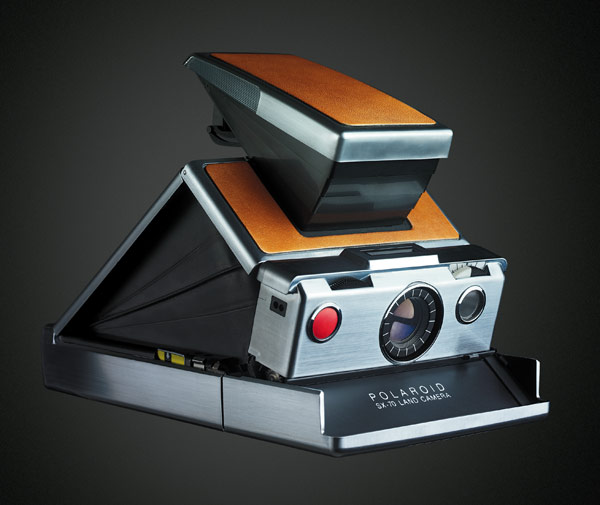XM Packaging process
From: Ed Illig
Over time I’ve noted you guys enjoy works that incorporate handcraft, process and technology. With that in mind I kept thinking this post may interest you for Signal vs. Noise — from our .think blog on an XM package development process:
XM Satellite Radio: A Packaging Process Overview
This article, an insight into the design of a consumer package for satellite radio provider XM, includes many aspects of a typical package development process. In the interest of time, we’ll skip research, diagnostic and technical methodology phases and concentrate on the basic iterative process steps in this article.

Husbandry vs. parenting
From: Mark Barry
Thought this blog post about using lessons from animal husbandry in everyday parenting can in a lot of ways also be applied to software design. Check it.
What I knew about animals was actually quite applicable, and so I began to rethink the adventure as not so much “mentorship of a child” as “husbandry of an animal.” Here’s what I gleaned from my years at the animal hospital that was really useful.
“SANS Top Three Programming Errors”
From: Joseph Mako III
SANS.org, the people who maintain isc.sans.org, the Internet Storm Center, have started an institute for secure code. The .pdf provided at www.sans-ssi.org titled “SANS Top Three Programming Errors” (PDF) is a great read.
Jitterbug Phones
From: Jean Moniatte
Saw an ad in the Smithsonian for Jitterbug phones that you might like:
It does not play games, take pictures, or give you the weather. Introducing the Jitterbug. Simply designed to be the best telephone a cell phone can be. Nothing more and nothing less.
Quick prototyping quote from IDEO
From: Dhrumil Purohit
“One of my buddies always says never go to a meeting without a prototype, and he always wins.”
-David Kelley, founder of IDEO
Iconic technology
From: Ernest Kim
Objects of Desire: Famous industrial designers talk about iconic pieces of technology

It’s amazing how beautiful both the original Polaroid Camera and Sony Walkman are. And here’s a great quote from John Maeda on mobile phones (his pick for an object of desire is the original Motorola cell phone):
“I have a collection of old Motorola phones,” says Maeda. “I like looking at these things. But I don’t miss them, because they’re large and clunky. You look at old TV shows and they pull out these shoe-size things. They make a better phone, because they’re just phones. Now phones are GPS and Web enabled with a heart-monitoring system just in case. I keep old cell phones on my windowsill to look at. I should probably throw them away.”
Got an interesting link, story, or screenshot for Signal vs. Noise? Contact svn [at] 37signals [dot] com.

Dave!
on 31 May 07Not to pick nits, but that isn’t the “original” Polaroid camera. That is an SX-70 (I have four of them…) The first Polaroid camera was the Polaroid Land Camera Model 95 (http://www.clickondavid.com/polaroid.html) , introduced in 1948… 24 years prior to the SX-70. By the time the SX-70 was produced, Polaroid had shipped millions of cameras. The SX-70 was revolutionary, though, and was the first to introduce the single film pack/instant print method associated with Polaroid today.
The SX-70 is a beautiful design though. Not only does it look great deployed (as you have pictured) but it also collapses (http://400iso.free.fr/files/page0_blog_entry58_1.jpg) making it incredibly practical. And one model was an SLR. I love these cameras!! :)
n!ck
on 01 Jun 07I just saw the SX-70 the other day in an antique shop. It‘s stunning design caught my attention immediately.
This discussion is closed.